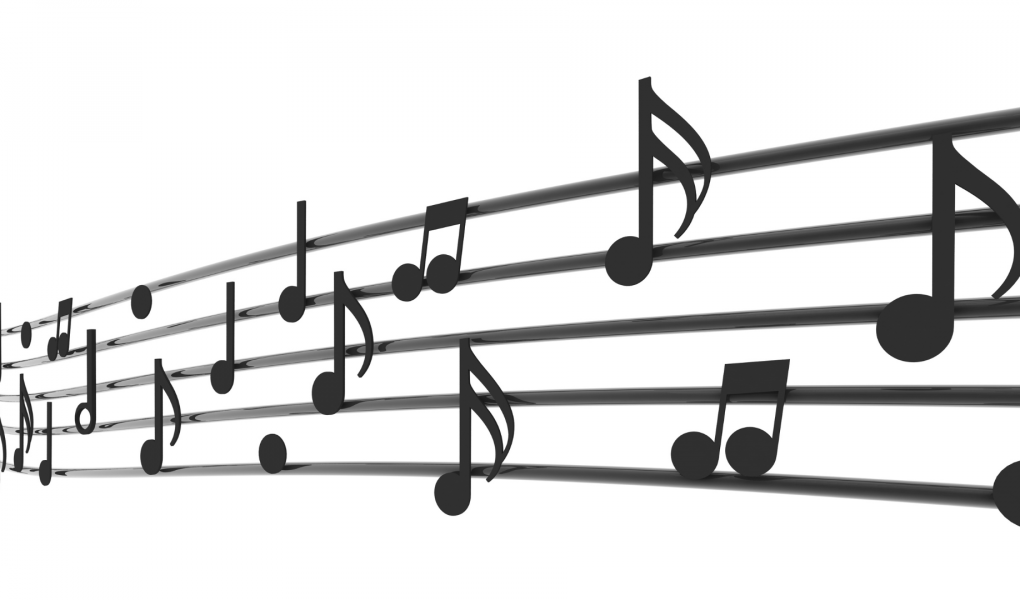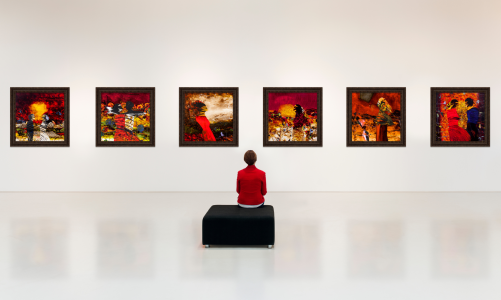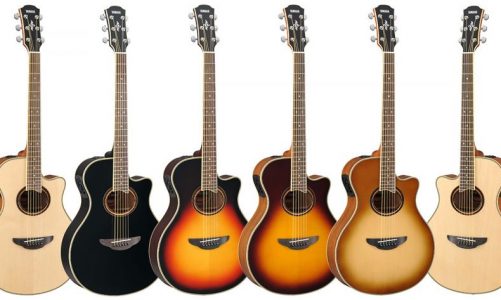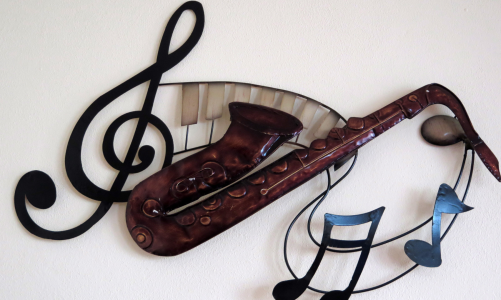Learning how to read music can seem daunting, but it’s actually easier than you think. Now, it’s quite possible that you aren’t familiar with how to read music. You may be extremely intimidated by the task of learning a new skill. Most musicians are self-taught, but very few can say they read music. And it’s a shame, too, since knowing your way around a piece of music will help you expand your musical horizons and can also increase your overall confidence. But where to start?
Here’s How to Read Music:
Understand What Reading Music Is
There are three types of music: 1) Sight-reading, which is learning to play music based on the symbols on the page; 2) Lead sheet, or sheet music, which is music written out for humans to play and 3) Tablature, which is music written out using tab symbols. Most beginning musicians start with sight-reading.
To Help You Learn How to Read Music, Know About It’s 3 Main Parts: Clef, Staff, & Notes
Learning to read music can be a daunting task. Some people struggle with the notes, while others struggle to recognize the rhythm. To help you learn how to read music, there are three main parts: clef, staff, and notes. Clef, or music notes, are used to indicate where on the staff a particular note should be played. The staff determines what notes can be played together. And notes are the individual sounds that make up music.
In Order to Read Music, We Need to Read Music Symbols
These symbols represent notes, keys, and spaces. The notes are each represented by a pitch. The pitch is a number between 0 and 12. The A above the middle C is 440 Hz.
Ledger Lines
Music is a form of art, and artists use lines and curves to decorate their musical notes. Music is written using symbols and letters that control the musical notes. The notes on the page are called ledger lines. You can practice basic musical concepts such as pitch, rhythm, and intervals when you learn to read music.
The First Ledger Line Note – Middle C
Reading music is one of the most enjoyable parts of playing an instrument. Learning how to make sense of all those notes on the page will take patience, practice, and time. The first step in learning how to read music for any instrument is learning the first line note. This note is the middle note on the line and a C on the piano keyboard. This note is the easiest to read because the middle C is exactly in the middle of the line.
Learn How to Read a Staff
We need to know how to read a staff, which is the lines of a music staff. The notes are located at the intersections of these lines.
Grand Staff
When it comes to learning to read music, the iconic staff may be the most difficult instrument to master. The grand staff consists of C to G, F to A, B to D, and E to A, which makes it an especially difficult instrument for beginners. However, learning to read music on the grand staff can be easy with practice.
Treble Clef and Notes in Treble Clef
When learning to read music, the notes on the page, called clefs, are one of the first things students need to understand. The note being played is often written in several ways. The most basic is the treble clef, which is found on lines and staff lines. The treble clef or G clef is found on lines near the top and middle of the staff and represents A above middle C.
Bass Clef and Notes in Bass Clef
A bass clef is the note system used to mark bass notes in the treble clef. The bass clef is the 5th note from the staff. There are five lines on the bass clef, each representing a different note. The lines run from the bottom left of the staff to the top right of the staff, with the first line being the lowest.
It can be confusing when you first start learning to read music: the notes, the symbols, the rhythms. But believe it or not, reading music isn’t as hard as you think. And once you learn these few simple tips, you’ll be on your way to reading music like an expert.




